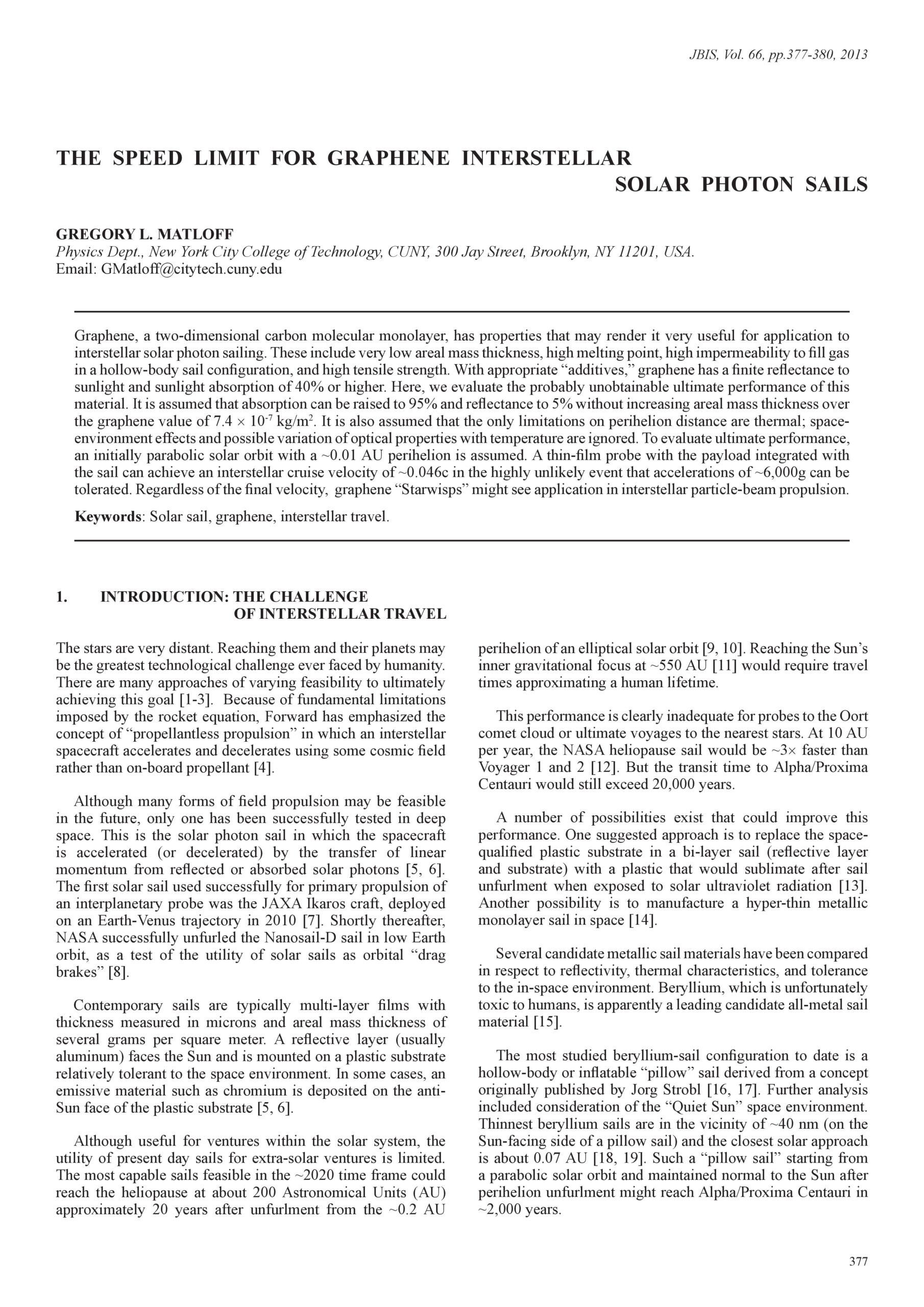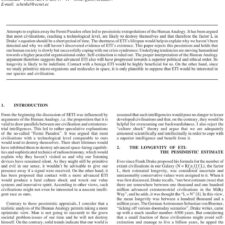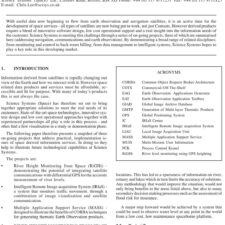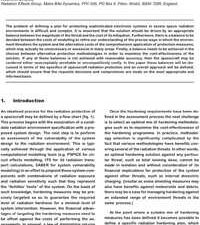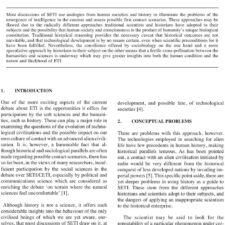The Speed Limit for Graphene Interstellar Photon Sails
£5.00
G. L. Matloff (2013), JBIS, 66, pp.377-380
Refcode: 2013.66.377
Abstract:
Graphene, a two-dimensional carbon molecular monolayer, has properties that may render it very useful for application to interstellar solar photon sailing. These include very low areal mass thickness, high melting point, high impermeability to fill gas in a hollow-body sail configuration, and high tensile strength. With appropriate “additives,” graphene has a finite reflectance to sunlight and sunlight absorption of 40% or higher. Here, we evaluate the probably unobtainable ultimate performance of this material. It is assumed that absorption can be raised to 95% and reflectance to 5% without increasing areal mass thickness over the graphene value of 7.4 – 10.7 kg/m2. It is also assumed that the only limitations on perihelion distance are thermal; spaceenvironment effects and possible variation of optical properties with temperature are ignored. To evaluate ultimate performance, an initially parabolic solar orbit with a ~0.01 AU perihelion is assumed. A thin-film probe with the payload integrated with the sail can achieve an interstellar cruise velocity of ~0.046c in the highly unlikely event that accelerations of ~6,000g can be tolerated. Regardless of the final velocity, graphene “Starwisps” might see application in interstellar particle-beam propulsion.

